#Green Angel
Text

#green angel#alice hoffman#young adult#post apocalyptic#book poll#have you read this book poll#polls
16 notes
·
View notes
Text
J's Story
"I grew up reading a lot of fiction. I digested most of my middle school library and probably a third of my highschool library. I was reading 1-2 books per day for years. I've come across many great and sometimes underappreciated stories. Green angel, Xanth, The keys to the kingdom, the sword of truth, Ishmael, I could name dozens. However, no story stuck with me so much as the inheritance series. The color, detail, subjects, personality.. it completely blows the dragon riders of pern out the window. I'm writing this now because I saw murtagh today in the store and I cannot express how pleased I am to find that such a gem of a writer is continuing to work today. I hope Christopher continues to publish books. He can do so knowing I will read each and every one."
~ J
#fansandtheic#dragon riders of pern#Green Angel#Xanth#keys to the kingdom#sword of truth#ishmael#inheritance cycle#world of eragon#reading
6 notes
·
View notes
Text

Art by, Carlos Schwabe. (The Grave Diggers Death)
#art#angel art#winter time#grave digger#cemetery art#angel of death#green angel#green wings#graves#angel taking someone home
3 notes
·
View notes
Text
As relentless rains pounded LA, the city’s “sponge” infrastructure helped gather 8.6 billion gallons of water—enough to sustain over 100,000 households for a year.
Earlier this month, the future fell on Los Angeles. A long band of moisture in the sky, known as an atmospheric river, dumped 9 inches of rain on the city over three days—over half of what the city typically gets in a year. It’s the kind of extreme rainfall that’ll get ever more extreme as the planet warms.
The city’s water managers, though, were ready and waiting. Like other urban areas around the world, in recent years LA has been transforming into a “sponge city,” replacing impermeable surfaces, like concrete, with permeable ones, like dirt and plants. It has also built out “spreading grounds,” where water accumulates and soaks into the earth.
With traditional dams and all that newfangled spongy infrastructure, between February 4 and 7 the metropolis captured 8.6 billion gallons of stormwater, enough to provide water to 106,000 households for a year. For the rainy season in total, LA has accumulated 14.7 billion gallons.
Long reliant on snowmelt and river water piped in from afar, LA is on a quest to produce as much water as it can locally. “There's going to be a lot more rain and a lot less snow, which is going to alter the way we capture snowmelt and the aqueduct water,” says Art Castro, manager of watershed management at the Los Angeles Department of Water and Power. “Dams and spreading grounds are the workhorses of local stormwater capture for either flood protection or water supply.”
Centuries of urban-planning dogma dictates using gutters, sewers, and other infrastructure to funnel rainwater out of a metropolis as quickly as possible to prevent flooding. Given the increasingly catastrophic urban flooding seen around the world, though, that clearly isn’t working anymore, so now planners are finding clever ways to capture stormwater, treating it as an asset instead of a liability. “The problem of urban hydrology is caused by a thousand small cuts,” says Michael Kiparsky, director of the Wheeler Water Institute at UC Berkeley. “No one driveway or roof in and of itself causes massive alteration of the hydrologic cycle. But combine millions of them in one area and it does. Maybe we can solve that problem with a thousand Band-Aids.”
Or in this case, sponges. The trick to making a city more absorbent is to add more gardens and other green spaces that allow water to percolate into underlying aquifers—porous subterranean materials that can hold water—which a city can then draw from in times of need. Engineers are also greening up medians and roadside areas to soak up the water that’d normally rush off streets, into sewers, and eventually out to sea...
To exploit all that free water falling from the sky, the LADWP has carved out big patches of brown in the concrete jungle. Stormwater is piped into these spreading grounds and accumulates in dirt basins. That allows it to slowly soak into the underlying aquifer, which acts as a sort of natural underground tank that can hold 28 billion gallons of water.
During a storm, the city is also gathering water in dams, some of which it diverts into the spreading grounds. “After the storm comes by, and it's a bright sunny day, you’ll still see water being released into a channel and diverted into the spreading grounds,” says Castro. That way, water moves from a reservoir where it’s exposed to sunlight and evaporation, into an aquifer where it’s banked safely underground.
On a smaller scale, LADWP has been experimenting with turning parks into mini spreading grounds, diverting stormwater there to soak into subterranean cisterns or chambers. It’s also deploying green spaces along roadways, which have the additional benefit of mitigating flooding in a neighborhood: The less concrete and the more dirt and plants, the more the built environment can soak up stormwater like the actual environment naturally does.
As an added benefit, deploying more of these green spaces, along with urban gardens, improves the mental health of residents. Plants here also “sweat,” cooling the area and beating back the urban heat island effect—the tendency for concrete to absorb solar energy and slowly release it at night. By reducing summer temperatures, you improve the physical health of residents. “The more trees, the more shade, the less heat island effect,” says Castro. “Sometimes when it’s 90 degrees in the middle of summer, it could get up to 110 underneath a bus stop.”
LA’s far from alone in going spongy. Pittsburgh is also deploying more rain gardens, and where they absolutely must have a hard surface—sidewalks, parking lots, etc.—they’re using special concrete bricks that allow water to seep through. And a growing number of municipalities are scrutinizing properties and charging owners fees if they have excessive impermeable surfaces like pavement, thus incentivizing the switch to permeable surfaces like plots of native plants or urban gardens for producing more food locally.
So the old way of stormwater management isn’t just increasingly dangerous and ineffective as the planet warms and storms get more intense—it stands in the way of a more beautiful, less sweltering, more sustainable urban landscape. LA, of all places, is showing the world there’s a better way.
-via Wired, February 19, 2024
#california#los angeles#water#rainfall#extreme weather#rain#atmospheric science#meteorology#infrastructure#green infrastructure#climate change#climate action#climate resilient#climate emergency#urban#urban landscape#flooding#flood warning#natural disasters#environmental news#climate news#good news#hope#solarpunk#hopepunk#ecopunk#sustainability#urban planning#city planning#urbanism
14K notes
·
View notes
Text

The Los Angeles House: Decoration and Design in America's 20th-Century City, 1995
#vintage#vintage interior#interior design#home decor#home#architecture#style#1990s#Lloyd Wright#Los Angeles#California#pool#modern#mint green#tile
2K notes
·
View notes
Text






ㅤㅤㅤㅤㅤㅤㅤ𝙸 𝚔now you're where you n𝚎𝚎d to be even though it's not here with 𝚖𝚎 — 𝙰𝚝 𝚕𝚎𝚊𝚜𝚝 最後に痛いキス



#ㅤㅤㅤㅤㅤㅤㅤWill it be my LOOORD ???#ㅤㅤCould I live without your 𝚜𝚠𝚎𝚎𝚝 𝚕𝚒𝚙𝚜? ͏͏͏ ͏͏͏ ͏͏͏ ͏͏͏ ͏͏͏ ͏͏͏ ͏͏͏ ͏͏͏ ͏͏͏ ͏͏͏ ͏͏͏⠀ㅤ ͏͏͏ ͏͏͏ ͏͏͏ ͏͏͏ ͏͏͏ ͏͏͏ ͏͏͏ ͏͏͏#karina aespa#karina moodboard#aespa moodboard#karina layouts#moodboard#kpop moodboard#gg moodboard#alternative moodboard#random moodboard#angelcore moodboard#grunge moodboard#archive moodboard#vintage moodboard#moodboard coquette#moodboard aesthetic#colorful moodboard#brown moodboard#white moodboard#green moodboard#y2k moodboard#angelic moodboard#alt moodboard#minimal moodboard#visual archive#clean moodboard#indie moodboard#karina messy moodboard#karina messy layouts
2K notes
·
View notes
Text

2K notes
·
View notes
Text






and it was my song,
𝚘͟𝚑͟ 𝚓͟𝚞͟𝚜͟𝚝͟ 𝚊͟ 𝚜͟𝚘͟𝚗͟𝚐 ⠀ ♪




#⠀ ⠀ ⠀ ⠀ ⠀ ⠀ ⠀ ⠀ ⠀ ⠀ ⠀ ⠀ ⠀ ⠀ ⠀ ⠀ ⠀ ⠀ ⠀ ⠀ ⠀ ⠀ ⠀ ⠀ ⠀ ⠀ ⠀ ⠀ ⠀ ⠀ ⠀ ⠀ ⠀ ⠀ ⠀ ⠀#⠀⠀⠀⠀ ⋆。‧˚ʚ ⠀⠀⠀⠀ ♡ ⠀⠀⠀⠀ ɞ˚‧。⋆#⠀ ⠀ By ⠀ ⠀ ⠀ ⠀ Beabadoobee#moodboard#mb#messy moodboard#soft moodboard#aesthetic moodboard#vintage moodboard#aes#messy layouts#colorful moodboard#colorful#green moodboard#angelcore moodboard#angelic moodboard#angelcore#coquette moodboard#apple Jack moodboard
2K notes
·
View notes
Text

#cottagecore#green aesthetic#treescape#woods#cozycore#cottage#dark cottagecore#witchy angel vibes#naturecore#photography#source#mao sophearath FB#ferns#nature#cottage in the woods
3K notes
·
View notes
Text









03/2024
#afropearl#girl blogging#coquette#self care#black femininity#beauty#girly#aesthetic#green#green juice girl#earth girl#earthy aesthetic#lucky girl syndrome#angel numbers#999#green moodboard#moodboard#march 2024
2K notes
·
View notes
Text
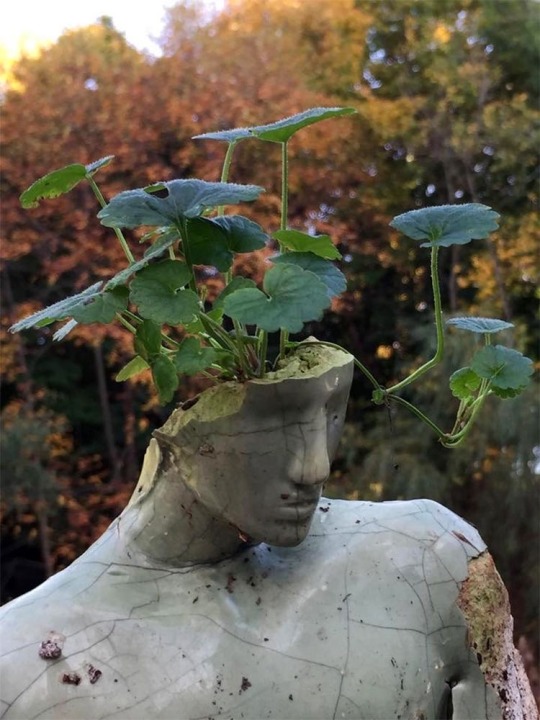

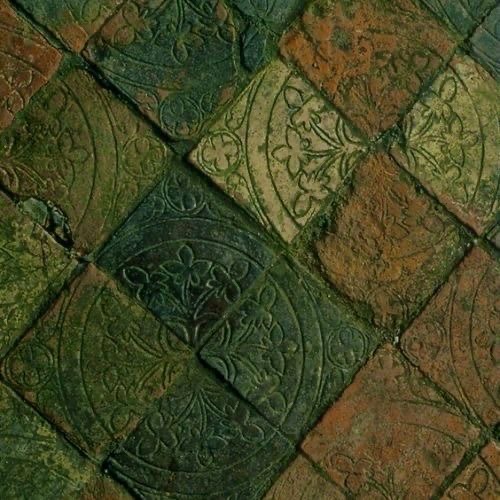

#mosscore#statue#plants#ecology#greenhouse#flowers#fairycore#goblincore#woods#forest#gothic#green#vines#angel#appalachian gothic#literature#classic literature#cozycore#warm and cozy#nature#greenery#nature vibes
6K notes
·
View notes
Text



#los angeles#photographers on tumblr#street photography#artists on tumblr#original photographers#fuji#fujifilm#xt2#neon#glow#green#blue#teal#red#night#graffiti
2K notes
·
View notes
Text



(^^♪ #gatinhos 情熱的な ♡ 🐈





#⠀⠀rkkuri ' s⠀⠀⠀⌦⠀⠀⠀cat⠀event⠀⠀₊ ˚ ❃#soobin moodboard#alt moodboard#alternative moodboard#clean moodboard#mb alt#txt moodboard#txt soobin#kpop moodboard#cute moodboard#flower moodboard#archive moodboard#green moodboard#blue moodboard#purple moodboard#pastel moodboard#doll moodboard#pink moodboard#white moodboard#angel moodboard#simple moodboard#soft moodboard#carrd moodboard#messy moodboard#bg moodboard#coquette moodboard
907 notes
·
View notes
Text
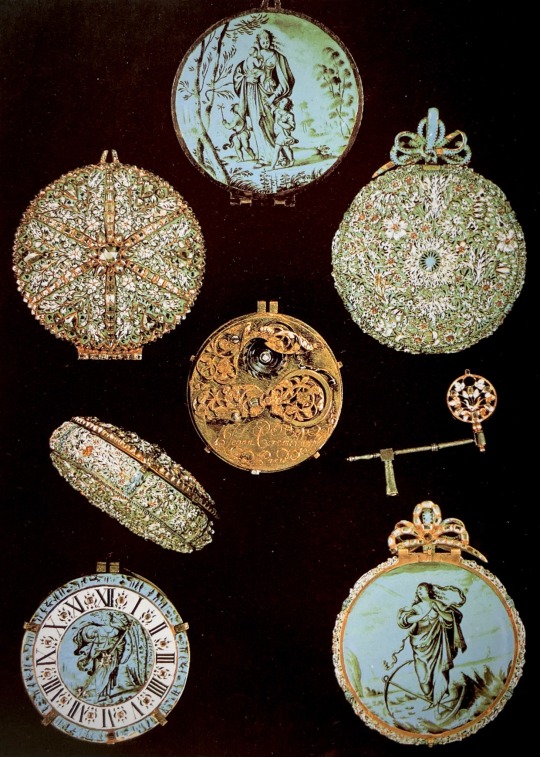
Assorted 17th-century jewels enameled with patterns of flowers like miniature Dutch still-life paintings, c. 1700s
#my scans#parisian#angel#angelic#cherub#1700s#1700s fashion#17th century#19th century#aesthetic#fairycore#fairy#cottagecore#fairy aesthetic#blue#green#gold#diamonds#jewels#halo#wings#lotus#angelcore#angel aesthetic#georges fouquet#lalique#pearls#mermaidcore
1K notes
·
View notes
Text
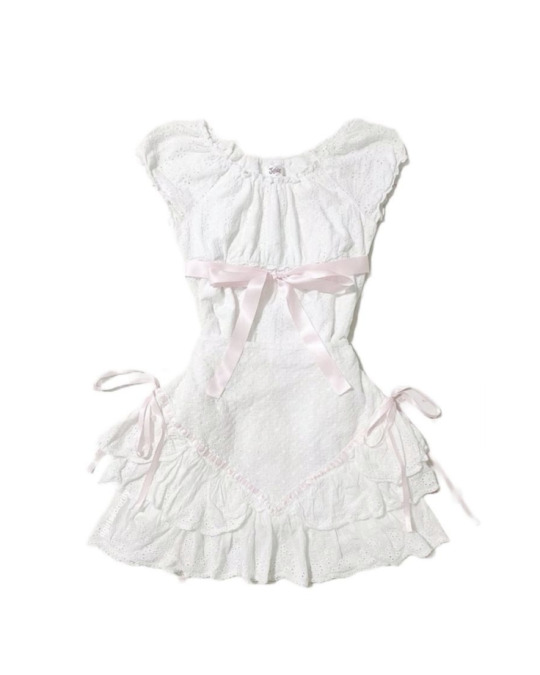


͟ ͟ㅤㅤ♥︎ㅤㅤ ൃ ̮͡𑁍ུ 🩻⠀ Only shallow. · ✩ *.

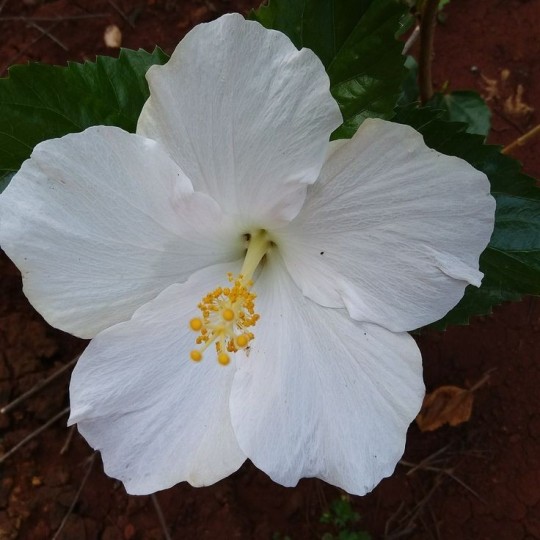

✿ ꢸ ⠀ … ♥︎ 𓆣 ❀ൄ


#❀ ✟ :*・゜゚・* ✿ֶ⠀ᩙ *・゜゚・*: ✟ ❀#moodboard#alternative moodboard#mb alt#kpop moodboard#kpop messy#kpop layouts#pink moodboard#flower moodboard#messy bios#edgy moodboard#blue moodboard#white moodboard#green moodboard#gg moodboard#vintage moodboard#visual archive#clean moodboard#angelcore moodboard#aesthetic layouts#kpop aesthetic#aespa moodboard#giselle messy moodboard#giselle messy icons#giselle aespa#giselle moodboard#fallen angels#brown moodboard#black and white#cute moodboard
2K notes
·
View notes
Photo

Folk art is displayed under a ceiling lined with Greek rag rugs in Frogmore’s festive dining room and kitchen.
The Los Angeles House, 1995
#vintage#vintage interior#1990s#90s#interior design#home decor#kitchen#antique#furniture#sculpture#screen door#folk art#green#red#masks#eclectic#artistic#style#Frogmore#Los Angeles#home#architecture
22K notes
·
View notes